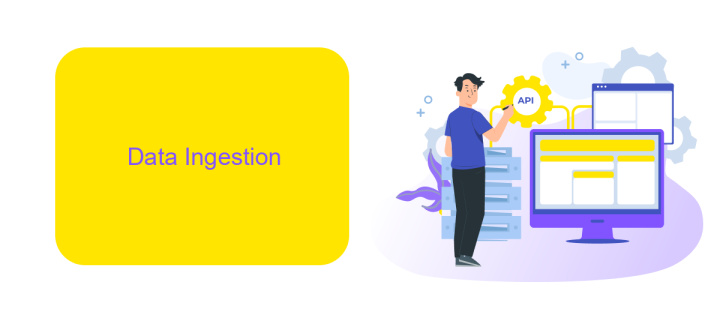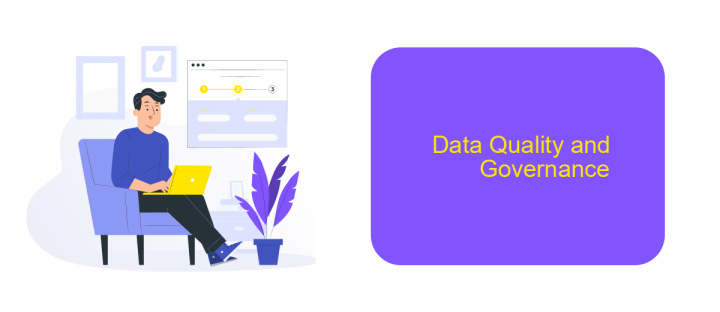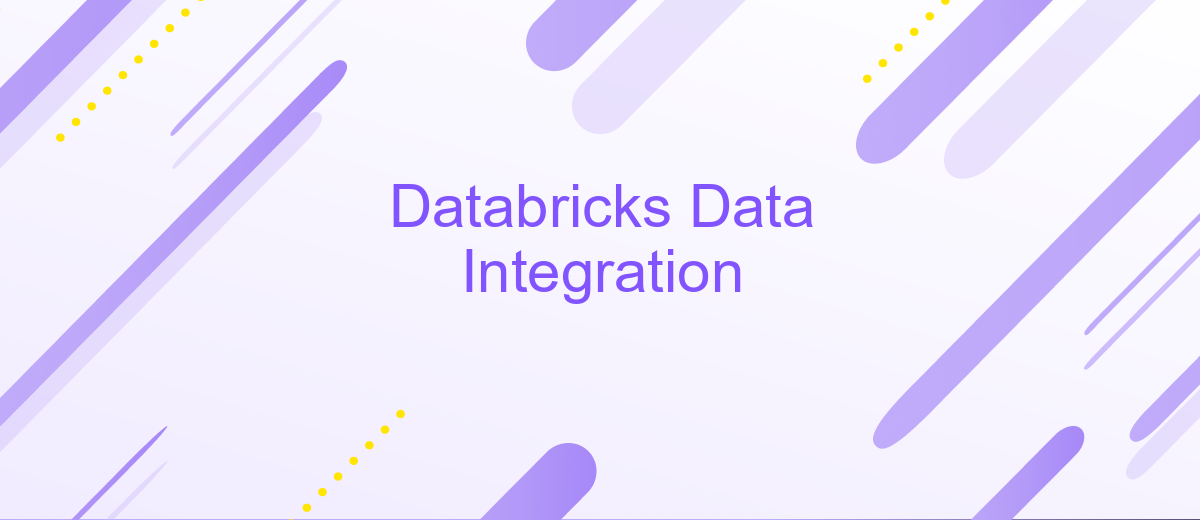Databricks Data Integration
Databricks Data Integration is revolutionizing the way organizations manage and analyze their data. By seamlessly combining data engineering, data science, and machine learning, Databricks provides a unified platform that enhances productivity and accelerates innovation. In this article, we will explore the key features, benefits, and best practices for leveraging Databricks to streamline your data integration processes and drive actionable insights.
Introduction
Databricks Data Integration is a powerful solution designed to streamline data workflows and enhance the efficiency of data processing. By leveraging Databricks, organizations can seamlessly integrate diverse data sources, ensuring that data is readily available for analysis and decision-making processes.
- Unified data platform for batch and real-time processing
- Scalable architecture to handle large datasets
- Advanced analytics and machine learning capabilities
- Support for various data formats and sources
One of the key advantages of using Databricks for data integration is its ability to work with a wide range of integration tools and services. For instance, ApiX-Drive can be employed to automate data transfers and streamline the integration process. By utilizing such services, businesses can reduce manual intervention, minimize errors, and accelerate their data workflows, ultimately leading to more informed decision-making and improved operational efficiency.
Data Ingestion

Data ingestion is a critical step in the data integration process, where raw data is collected from various sources and imported into a data processing system like Databricks. This phase ensures that data from disparate sources such as databases, APIs, and flat files are accurately and efficiently brought into a unified platform for further analysis. Databricks supports a wide range of ingestion methods, including batch and real-time streaming, to accommodate different data velocity requirements.
To streamline data ingestion, tools like ApiX-Drive can be utilized to automate and simplify the integration of various data sources. ApiX-Drive offers a user-friendly interface that enables seamless connections between Databricks and numerous external systems without the need for extensive coding. By leveraging such tools, organizations can ensure a consistent and reliable data flow, reducing the complexity of manual data handling and allowing data engineers to focus on more strategic tasks.
Data Transformation

Data transformation is a critical step in the data integration process, ensuring that raw data is converted into a usable format for analysis and decision-making. In Databricks, this involves leveraging various tools and techniques to clean, enrich, and restructure data.
- Data Cleaning: Removing duplicates, handling missing values, and correcting errors to ensure data quality.
- Data Enrichment: Adding additional information to the data, such as geolocation or demographic details, to provide deeper insights.
- Data Restructuring: Changing the format or structure of the data, such as pivoting tables or aggregating data, to make it more suitable for analysis.
Using Databricks, you can automate these transformation tasks through scalable ETL (Extract, Transform, Load) pipelines. Additionally, integrating with services like ApiX-Drive can further streamline the process by automating data flows between various platforms, ensuring that your data is always up-to-date and ready for analysis. This seamless integration and transformation capability enable organizations to make data-driven decisions more efficiently.
Data Quality and Governance

Ensuring data quality and governance is crucial for effective data integration within Databricks. High-quality data enhances decision-making processes, while robust governance ensures compliance and data security. Establishing a framework that addresses both aspects is essential for any organization.
To achieve this, organizations must implement standardized processes for data validation, cleansing, and enrichment. These processes help in maintaining the accuracy, completeness, and reliability of the data being integrated. Additionally, it is important to have clear data governance policies that define data ownership, access controls, and compliance requirements.
- Data validation to ensure data accuracy and consistency.
- Data cleansing to remove errors and inconsistencies.
- Data enrichment to enhance data quality with additional information.
- Implementation of access controls to secure sensitive data.
- Compliance monitoring to adhere to regulatory requirements.
Tools like ApiX-Drive can facilitate seamless data integration by automating data transfer between various platforms while ensuring data quality and governance. By leveraging such tools, organizations can streamline their data workflows, reduce manual errors, and maintain high standards of data integrity and compliance.


Data Pipelines and Orchestration
Data pipelines are essential for efficiently processing and transferring data between different systems. In Databricks, these pipelines can be designed to automate the extraction, transformation, and loading (ETL) processes, ensuring that data is consistently updated and available for analysis. By leveraging Databricks' robust capabilities, users can seamlessly integrate various data sources, perform complex transformations, and store the results in a centralized data warehouse. This not only enhances data accessibility but also improves the overall data quality and reliability.
Orchestration plays a critical role in managing and scheduling these data pipelines. Tools like Apache Airflow can be integrated with Databricks to automate the execution of workflows, ensuring that each step in the data pipeline is executed in the correct order and at the right time. Additionally, services like ApiX-Drive can further streamline the integration process by providing a user-friendly interface for connecting various applications and automating data transfers. This combination of orchestration and integration tools enables organizations to build scalable, efficient, and resilient data pipelines that support their data-driven initiatives.
FAQ
What is Databricks Data Integration?
How do I connect Databricks to external data sources?
Can Databricks handle real-time data integration?
What are the best practices for automating data integration workflows in Databricks?
How can I ensure data security and compliance when using Databricks?
Strive to take your business to the next level, achieve your goals faster and more efficiently? Apix-Drive is your reliable assistant for these tasks. An online service and application connector will help you automate key business processes and get rid of the routine. You and your employees will free up time for important core tasks. Try Apix-Drive features for free to see the effectiveness of the online connector for yourself.

